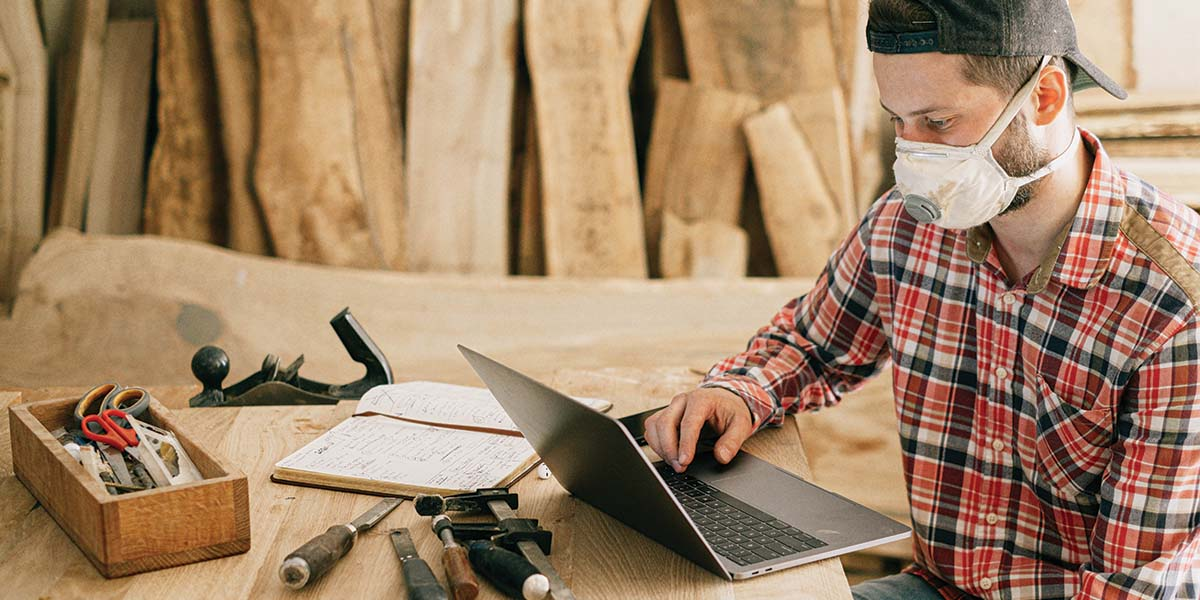Now Reading: DIY or Pro Help? What Works Best for Homeowners 2025
-
01
DIY or Pro Help? What Works Best for Homeowners 2025
DIY or Pro Help? What Works Best for Homeowners 2025

Table of Contents
DIY When it comes to installing or repairing home appliances or equipment, many homeowners wonder: should I call a professional, or can I do it myself? The short answer is it’s best to get expert help, but some models are surprisingly DIY-friendly.
Whether you’re dealing with water purifiers, air conditioners, solar panels, or even smart thermostats, knowing which products are user-friendly can save you time, effort, and money. But it’s also important to understand where DIY ends and professional help begins.
Why Professional Installation Is Often the Best Choice
Most manufacturers, including major brands across the appliance and home improvement sector, recommend professional installation for a reason. Licensed technicians bring training, tools, and experience that reduce the chances of error.
Incorrect installation can void warranties, compromise performance, and even cause safety risks. For instance, installing a water purifier without correctly setting the input pressure or sealing the connectors can lead to leaks, low water output, or worse contamination. Similarly, a faulty air conditioner setup could waste electricity and cause recurring breakdowns.
A professional ensures:
- Safety compliance with electrical and plumbing standards
- Warranty validation through certified installation
- Correct calibration for optimum efficiency
- Early detection of issues like faulty components
That said, not every product or brand requires high-level technical skill for setup or repairs. Some companies are responding to the growing demand for do-it-yourself solutions with easier models.
DIY-Friendly Models Are on the Rise
A growing number of brands are designing their products with the everyday consumer in mind. Whether you’re tech-savvy or just a confident home fixer, you may find DIY-friendly models in categories like:
- RO water purifiers: Several newer models come with quick-connect filters, clear instruction guides, and online video tutorials. These kits allow users to replace filters or even set up units with basic tools.
- Smart thermostats: Brands like Google Nest or Ecobee offer user-friendly wall units that can be installed with minimal wiring. QR codes in the manual help walk you through each step.
- Solar garden lights: These often come with plug-and-play wiring or wireless systems that don’t require drilling or professional help.
- Portable air conditioners: Some models require only window vent installation, and users can complete setup without advanced tools.
Many manufacturers clearly label DIY-capable models on product packaging or listing descriptions, and some even provide 24/7 online assistance or live chat support for guidance.
What Makes a Product DIY-Friendly?
For a product to be considered DIY-friendly, it should tick at least a few of these boxes:
- Tool-free or minimal-tool setup
- Pre-assembled or modular design
- Visual or video guides for instruction
- Clear labeling of components
- Built-in safety features that minimize error
For example, a water filter that features a click-lock system for cartridges and comes with a wall-mounting template makes the setup far simpler than one that requires pipe cutting or soldering.
Smart home devices have been especially proactive in offering consumer-first models. A smart doorbell might come with a built-in battery pack and adhesive mounting, avoiding the need for wiring altogether.
How to Know If You Should DIY or Hire a Pro
Here are a few questions to help you decide:
- Do you understand the full installation or repair process?
If the manual or video guide seems beyond your comfort level, it’s better to hire help. - Does the product involve wiring, gas, or pressurized systems?
Anything involving electricity, plumbing, or fuel is best left to trained professionals. - Will a mistake cost you more than the price of installation?
A wrong setup may lead to damages or health risks, making it costlier in the long run. - Is it covered by warranty?
Some warranties are void if a certified installer isn’t used. Check the fine print. - Does the brand offer remote support or tutorials?
If yes, and if you’re confident in basic home tasks, DIY might be feasible.
Pros and Cons of DIY Models
Pros:
- Cost savings
- Immediate setup or repair
- Learning and skill-building
- Greater independence for minor maintenance
Cons:
- Risk of error or damage
- Possible warranty void
- Safety concerns
- May need tools or basic technical knowledge
Brands That Support DIY-Friendly Experiences
A few companies that are gaining attention for their DIY-friendly approach include:
- Kent and Livpure for water purifiers with DIY cartridge replacement
- Voltas and Blue Star for portable ACs with simple window kits
- Havells and Crompton for fans and lights with tool-free installation
- Philips Hue and Wipro for app-controlled lights that don’t require rewiring
Online shopping platforms like Amazon, Flipkart, and Tata Cliq now even have filters or tags like “easy to install” or “DIY-friendly” to help users choose wisely.
Final Take: Know Your Limits and Your Tools
While it’s exciting to take control of your home upgrades, it’s equally important to know when to step back. Not every model is built for DIY, and not every homeowner is equipped with the time or skill required. But with the growing trend of user-first engineering, the balance is slowly shifting.
Products that were once considered too technical are now becoming easier for anyone to set up, thanks to innovation and consumer demand. Still, if in doubt, calling a professional remains the safest bet.
So the next time you’re shopping for a new home gadget or appliance, check the specs carefully. Some models are designed with you in mind and they make fixing or installing them a breeze.
Read More:- Shobha Realty Launches Its Most Luxurious Project Yet—Full Details Inside 2025






















